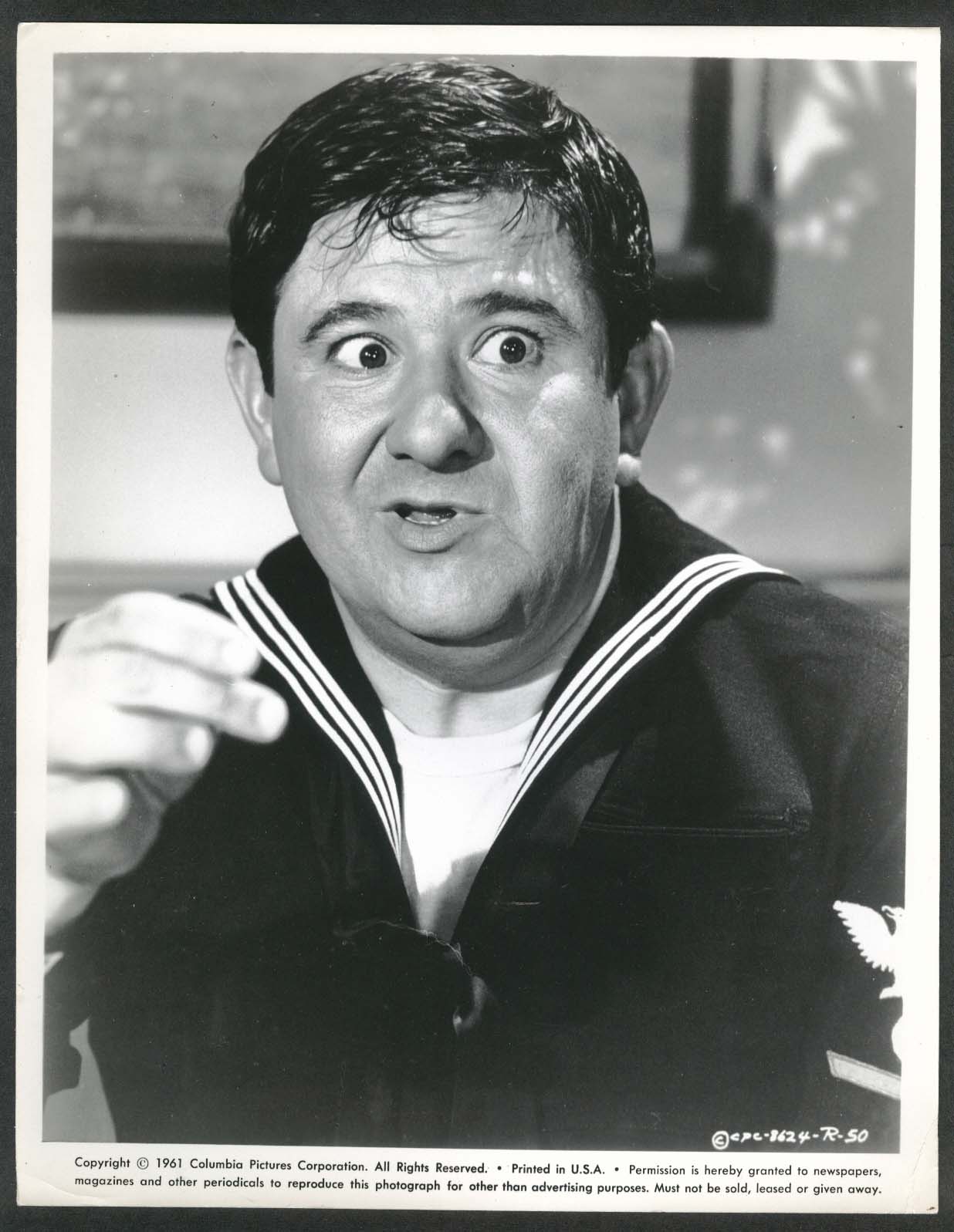
Hackett, playing a Coney Island fortuneteller, was considered the reason the musical comedy "I Had a Ball" (1964) played for six months despite being ripped apart by reviewers. His style of buffoonery seemed critic-proof.

Hackett to appear on Broadway in "Lunatics and Lovers," a show about New York lowlifes that ran 336 performances and established Mr. In 1954, the Pulitzer Prize-winning playwright Sidney Kingsley persuaded Mr. Years later, he played Costello opposite Harvey Korman as Bud Abbott in a television biography. He was put in a succession of mediocre comedies, including "Walking My Baby Back Home" (1953), with Donald O'Connor and Janet Leigh, and "Fireman Save My Child" (1954), starring the eccentric bandleader Spike Jones. He immediately headed to California, where he figured there was less nightclub competition, and became an audience favorite at the Billy Gray Bandbox in Los Angeles.įilm companies wanted to mold him into a new Lou Costello, the rotund half of the Abbott and Costello team. Hackett booked at a prominent New Jersey club, the Riviera, where he was a hit. Hackett developed his own spiels, and he soon developed a comfortable ad-libbing style. Hackett had a hard time putting them over.
#Buddy hackett series
He changed his name to Buddy Hackett, was bankrolled and managed by a Brooklyn businessman named Frank Faske and found work in a series of nightclubs using comic material written for him. The impetus, he said, was seeing the original Broadway run of "Oklahoma!" Hackett was a tummler, whose main role was to make sure the guests were kept laughing at all costs.Īfter Army service in World War II, he decided on a full-fledged theatrical career. After involvement in high school athletics and drama, he worked summers in Catskill Mountain resorts north of New York.įollowing a long tradition of such young Jewish comic hopefuls as Danny Kaye and Jerry Lewis, Mr. Hackett was born Leonard Hacker in Brooklyn, N.Y. He called such an approach "protective coloration." He added that the frequent use of off-color words made it harder for other comedians to steal the material for their television shows. "The first time I said 'ass' was 1961, but it was such a funny joke," he said. Ads for his often sold-out performances in New York and Las Vegas cautioned that the subject matter was "for mature audiences only." In 1996, he told the Palm Beach Post that he was initially reluctant to start including foul language in his routines. Over the years, his humor became saltier. His acting range was broader than many expected of a traditional comedian, and he made fine critical impressions in film adaptations of "God's Little Acre" (1958), based on Erskine Caldwell's book about poor Georgians, and Meredith Willson's musical "The Music Man" (1962). His theatrical work and high-profile television appearances with Jackie Gleason, Arthur Godfrey, Jack Paar and Johnny Carson led to assignments in such giddy films as "It's a Mad, Mad, Mad, Mad World" (1963) and "The Love Bug" (1968), in which he played a welding mechanic named Tennessee Steinmetz.


His other pieces were elaborate tales of sex and lunacy - milking the humor with his baby face and innocent lisp. One of his best-known acts, now more widely viewed as offensive, was a portrayal of a Chinese waiter who confuses orders. More than a clown or mimic, he brought to his routines the exquisite timing and taboo-breaking observations of his idol, W.C. Hackett's rubbery face, slightly crossed eyes and pixie-like comic delivery were part of a routine he polished in the early 1950s as he went from irrepressible Catskills emcee to featured Broadway performer. Buddy Hackett, 78, the roly-poly comedian who rose from Borscht Belt clown to master of bawdy entertainment in films and on television and stage, was found dead June 30 at his home in Malibu, Calif., his family said.


 0 kommentar(er)
0 kommentar(er)
